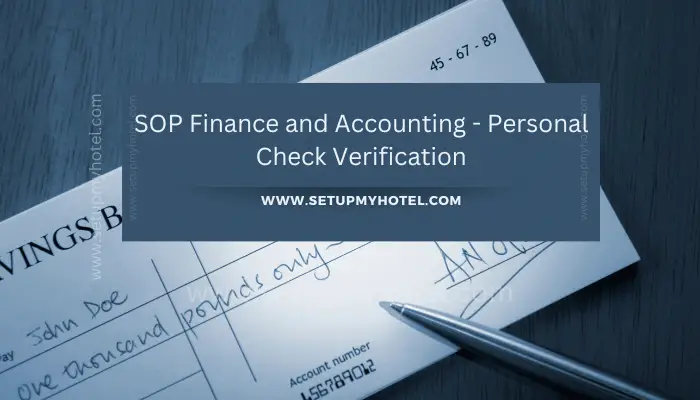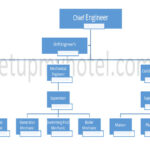Personal Check Verification Process
Purpose of Personal Check Verification Processing:
Personal check verification is a crucial aspect of finance and accounting. It involves the process of verifying the authenticity of a personal check before depositing or cashing it. This helps to prevent fraudulent activities such as check forgery or check kiting.
In order to successfully verify a personal check, several steps need to be taken. First, the account number and routing number on the check must be checked against the information provided by the bank. Additionally, the signature on the check must be compared to the signature on file for the account holder.
It is also important to verify that the check has not been altered or tampered with in any way. This can be done by checking for any signs of erasure, alteration, or addition of information on the check.
Overall, personal check verification is a crucial step in maintaining the integrity of financial transactions. By following these steps and taking the necessary precautions, individuals and businesses can protect themselves from potential financial losses due to fraudulent activities.
Fraudulent checks can pose a significant threat to hotels, banks/financial institutions. If they’re cashed unknowingly, the hotel could be held responsible for the funds.
It’s important for the hotel management to proactively verify all checks. These steps deter fraud and detect it before it becomes an issue.
Personal Check Verification SOP Procedures:
1. Ask for a form of identity verification, to ensure that the name on the check is the same as that of the individual presenting the check for payment.
2. Make a notation on the check of the identification source and identifier used to verify the individual presenting the check as payment (e.g., driver’s license number, student identification number, etc.)
3. Establish a maximum on the amount for which the check can be written without pre-authorization directly from the bank named on the check.
4. Ensure that the check has:
- The correct name of your business.
- Correct date.
- Correct dollar amount.
- The same numerical dollar amount and written dollar amount.
- A clearly identifiable issuing bank address.
- A signature that matches the name on the check.
5. Examine the check carefully for any obvious signs of alteration.
6. Deposit all checks you receive promptly with your own bank.
7. Keep a list of individuals who have passed un-collectable checks to you previously, and require cashiers to refer to this list each time they accept a check.
8. Insist that all checks include a local telephone number and address.
9. Accept out-of-town checks with caution or not at all, as these checks may be more difficult to collect.
10. Instruct all employees accepting checks for payment to initial and date them.
Training Summary Questions:
Q1. What is the purpose of the Personal Check Verification SOP?
Q2. What is a form of identity verification?
Q3. What all needs to be verified in a check/cheque?
Q4. Is it required to keep the data of uncollectable checks?
Patreon Only SOP Download
SOP Number: Finance and Accounting SOP – 13 Department: Cash Control Date Issued: 8-Aug-2021 Time to Train: 25 Minutes












